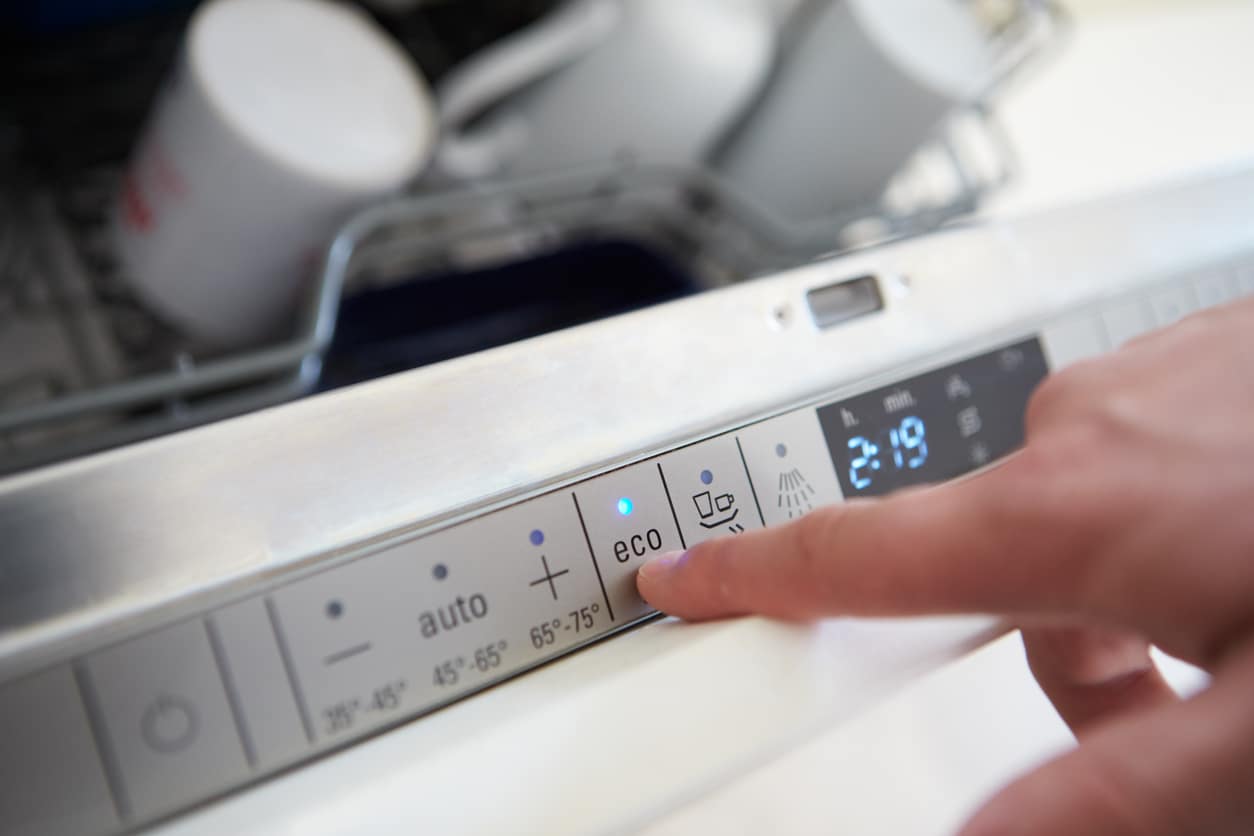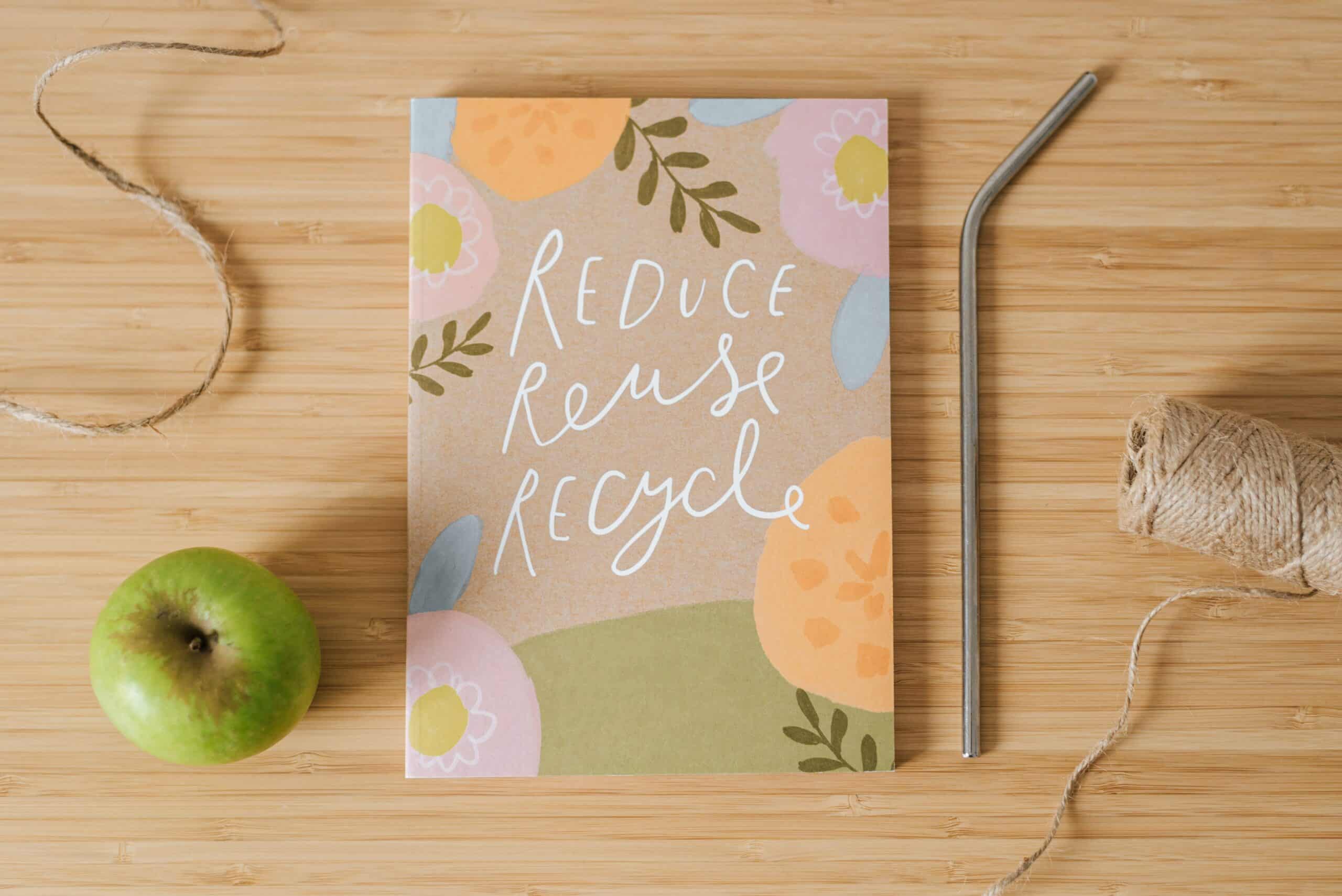
10 Tips for Switching to Eco-Friendly Appliances
Do you have appliances that have run their course? Is it time to get new ones? Maybe you’re looking to trade in your existing appliances for more eco-friendly ones? Whatever the case, we know switching to eco-friendly appliances can be a daunting task, especially if you don’t know what to look for or where to go. Many things affect whether a model is truly good for the Earth. Fortunately, we’ve got some tips to help you in your search. Remember this when shopping to get the most eco-friendly versions of your appliances:
1. Look for Certifications
Certain government programs track appliances’ impacts by measuring and rating their efficiency. The higher the rating, the better it is for the environment. For example, something marked with a WaterSense sticker is 20% more water-efficient and has a better impact than versions without the label.
2. Choose Alternative Appliances
Your current appliances might be eco-friendly, but there might be better options. For example, heat pumps are much more energy-efficient than boilers or furnaces and don’t need heating fuel. This means they can heat a home for about one-quarter of the cost. Even if you’re familiar with a particular type, when it’s time to replace, it might be better to switch it up for the environment’s benefit.
3. Look at Information Online
You can find a lot of information about how eco-friendly an appliance is just by looking online. It’s a good idea to read reviews and frequently asked questions before committing to any big purchase, but it’s essential when you have the environment in mind. It’s easy to walk into a store and simply ask for the best appliance, but it takes a bit of internet sleuthing to find a balance between its impact on the Earth and its ease of use.
4. Switch to Smart
Switching to smart appliances helps your home become more eco-friendly. For example, a smart thermostat can balance your energy usage since you can lower the temperature when you’re asleep or away from home.
If you’re considering larger smart appliances, but are concerned about how eco-friendly the screens are, try looking for OLED or LCD versions. OLED displays have a much better environmental impact than other types because they don’t require backlighting and use very little energy. Small choices like these can add up to an overall eco-friendly effect.
5. Make It Last
Most people have dealt with a broken machine, whether a leaky washer or a faulty fridge. Although replacing something when it stops working is common, it’s more sustainable when you can make it last longer. Maintenance can go a long way in keeping something operating well past its prime, so it’s wise to research how to repair an appliance before you switch.
Most have an average life span you can base your research around. For example, a fridge usually lasts about a decade before you need to replace it. If you find an eco-friendly appliance that lasts shorter than usual, it might be best to keep looking.
6. Maximize Energy Efficiency
Even if an appliance runs super well, you can still maximize its energy efficiency by changing how you use it. For example, running your dishwasher on the normal heat setting and without heated drying conserves much more energy and water. Using your eco-friendly appliance in specific ways can boost how much you help the environment.
7. Add Eco-Friendly Accessories
Before picking an eco-friendly appliance to switch to, try to find accessories you could add to it. Small additions can enhance the positive impact of whatever machine you decide to get. For example, pair your environmentally friendly coffee machine with a reusable filter or pod. They’re not as important as the appliance, but they might still influence your decision.
8. Know Where You Need to Improve
Not everyone can afford to replace every machine in their home at once, and the majority of people won’t want to, so it’s wise to know which will have the biggest positive impact. While you might have unique habits, most people use energy in the same way. Almost one-quarter of carbon emissions from residential areas come from heating and cooling, so you might want to look there. Other common areas are water and electricity usage.
9. Get the right type
You might think one eco-friendly appliance is the same as another, but many have big differences. For example, front-load washing machines use a lot less electricity and water than top-load models. When you find something you like, see if there are similar versions even better for the environment.
10. Consider Older Appliances
Getting a used or refurbished appliance is an excellent idea if you want to be extra eco-friendly. It’s more sustainable because you’re getting every bit of use out of it. Older appliances might come with minor faults or scratches, but it’s worth it to help the environment.
Tips for Eco-Friendly Appliances
It’s good you’re switching to eco-friendly appliances, but you can make a more significant positive impact if you keep some of these tips in mind. Getting the right type, or making it last longer, will be more sustainable and better affect the environment.



Post a comment